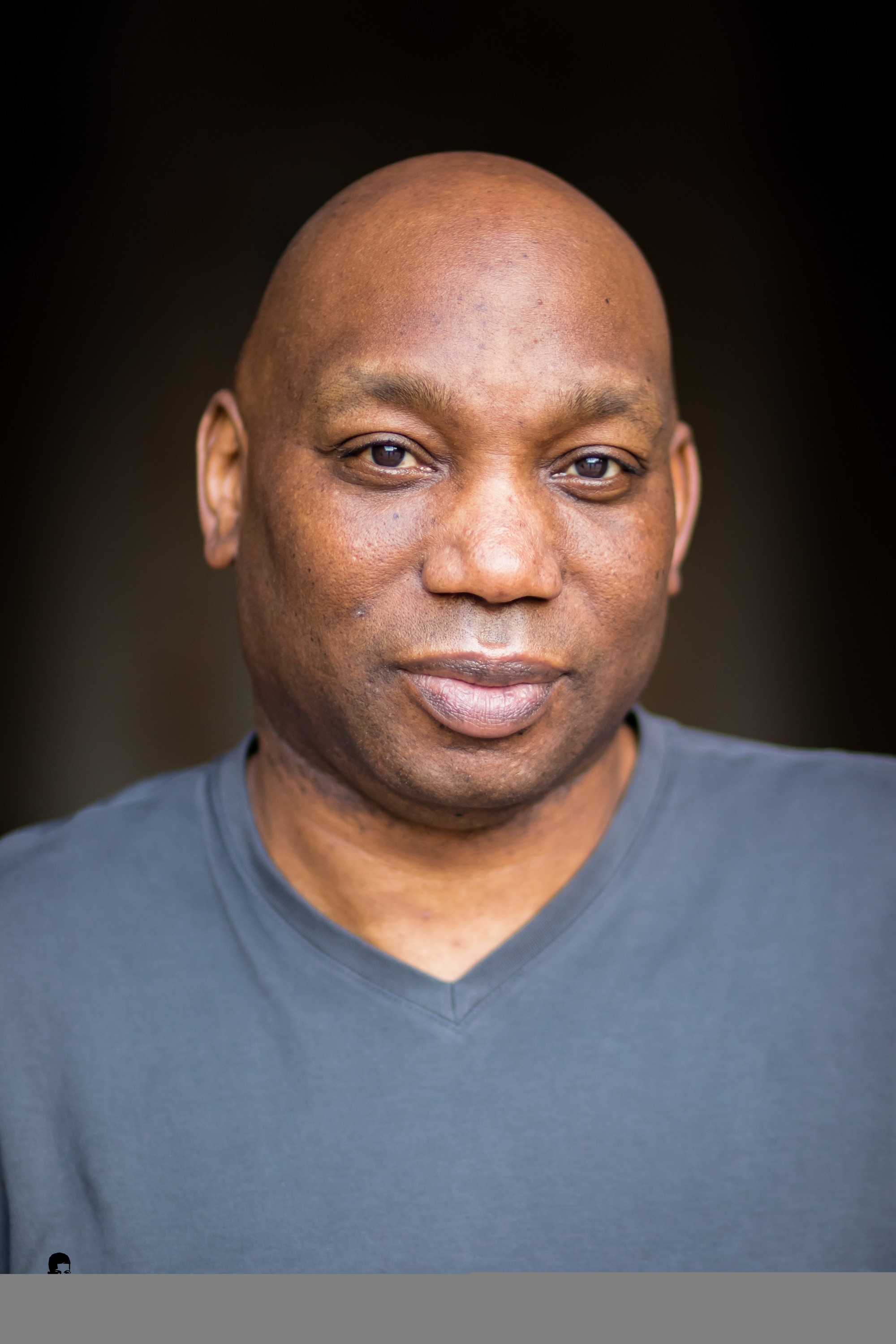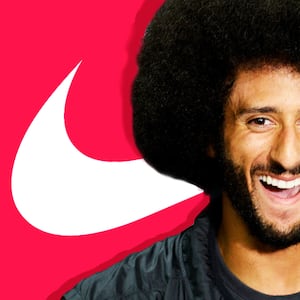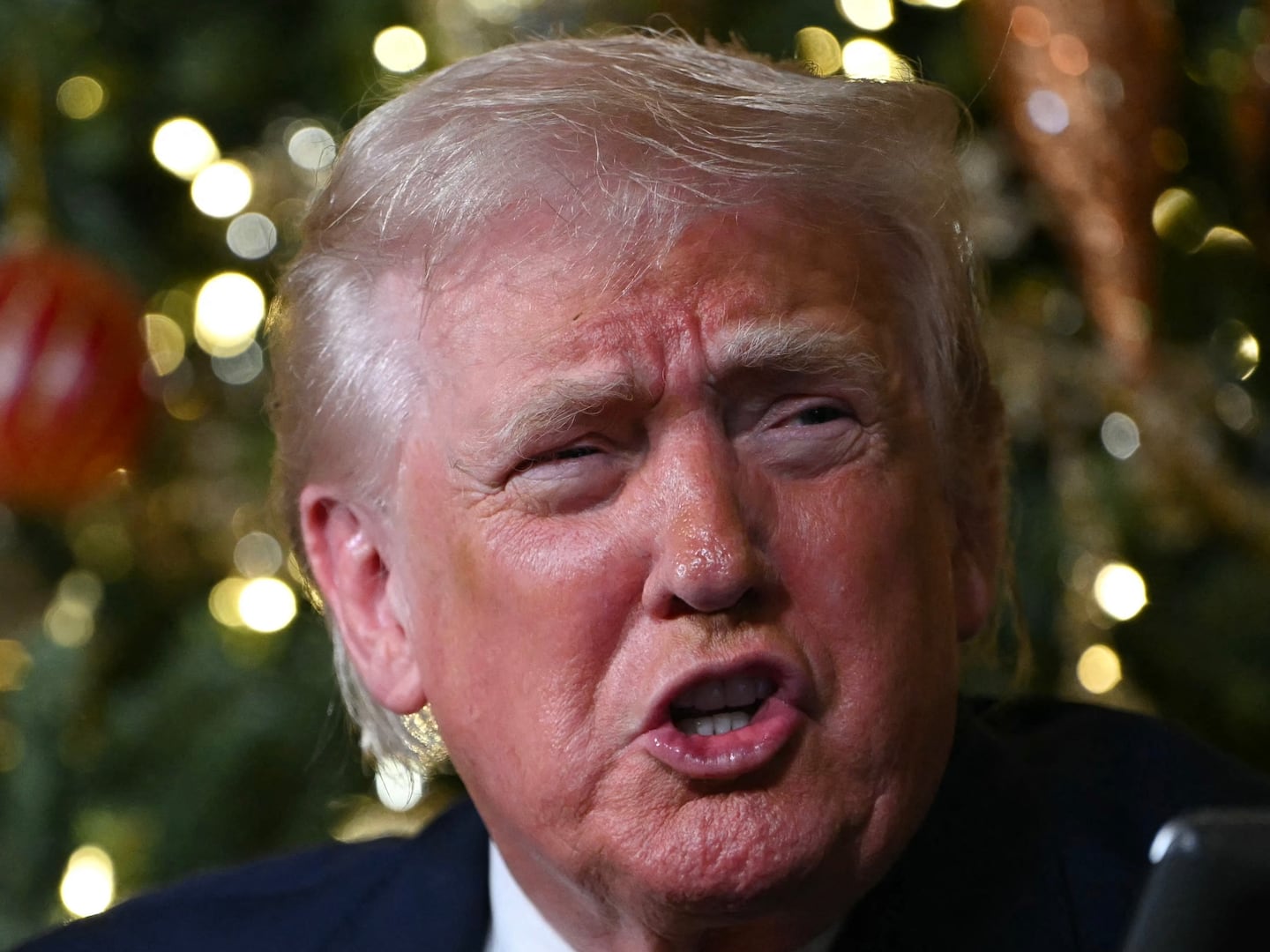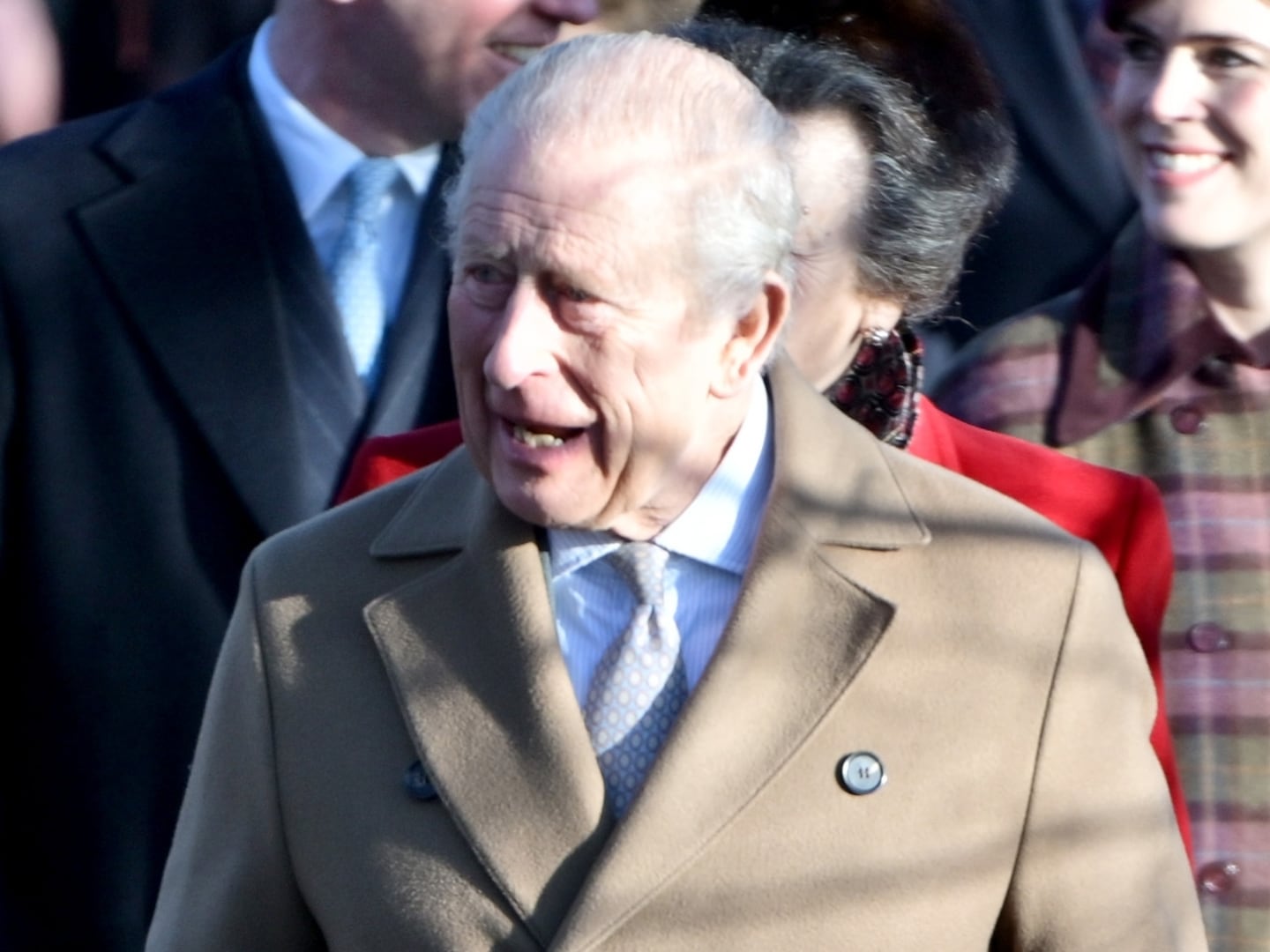Colin Kaepernick’s physical exile from the NFL symbolized defeat, not just for his professional livelihood but for dissidence, as it was clear that the league was making an example of him. His downfall seemed a victory for corporations crushing individuals everywhere, of whiteness telling blackness to get over it, of ignoring anyone horrified that in less than a year’s time, Oklahoma police officer Betty Shelby killed Terence Crutcher in the middle of the street, was acquitted of manslaughter, and then was rehired in law enforcement. Metaphorically, Kaepernick was Metacomet at Plymouth, his head on a stake as a warning for any natives with big ideas. Hearing Kaepernick anew, the voice resurrected, was there value in him, even propped up by Nike’s billions, simply staying in the public’s face?
Initially, I did not believe any of this to be true. I did not feel much like celebrating the maintaining of the celebrity class, especially when the Nike ads were clearly made with Kaepernick’s approval and did not include protest, and did not withstand the scrutiny of a simple question: What does any of this have to do with justice?
Soon, stories appeared nationwide of people cutting up their Nike socks and burning their Nike sneakers, of refusing to carry Nike gear. In a spectacular fail, one Colorado storeowner went out of business. The Mississippi public safety commissioner ordered state police to no longer purchase Nike gear. A Louisiana police department dressed its suspects in Nike gear for their mug shots. The mayor of a New Orleans suburb ordered, and a Rhode Island town voted to prohibit its departments from purchasing Nike products. During the Brett Kavanaugh Supreme Court confirmation hearings, which occurred the same week Nike unveiled Kaepernick, Trump gave a speech suggesting all protesting be illegal.
As news reports of schools threatening to boycott Nike and municipalities refusing to the purchase the company’s apparel increased, my mind began to shift. It was clear that a man who had broken no laws and had only spoken his mind was being actively destroyed by the public. And let’s be clear: by public, I mean to say the overwhelmingly white public, and the government. How else does one assess local politicians and law enforcement officers suddenly sufficiently emboldened to undertake an intimidation campaign against one of the world’s most powerful corporations? Though he essentially lives on the fringes of the American mainstream, not speaking publicly, not playing in the NFL, and not organizing protest, so many whites were exposing themselves by their disproportional response to the specter of Kaepernick.
Despite Nike’s corporate duplicity, the fight could not be decoupled from Kaepernick. There was no way out. Parsing percentages of the opposition’s size is a game at which Americans are expert, especially when those in power are indicted. (See: “not all cops,” “not all men,” and “not all white people.”) It is an exercise in tedium but some large portion of this America had decided that Colin Kaepernick had no right to any semblance of a life, a career, or a public presence in any form. They had resolved to destroy him personally, as well as any entity associated with him, even a corporation as enormous and ubiquitous as Nike. In the summer of 2019, when Nike pulled a limited edition Independence Day shoe because Kaepernick reportedly objected to its featuring the Betsy Ross flag, designed at a time when all thirteen colonies were slaveholding, Arizona governor Doug Ducey announced he would eliminate the financial incentives Nike was to receive for building a new plant in the Phoenix suburbs, risking local jobs and economic growth for the city of Goodyear. (Ducey quickly backed down.)

If Kaepernick and Nike were under attack for criticizing police, who deserve every bit of it, then white America had exposed itself yet again in its willingness to sacrifice black life, in its complete and criminal lack of interest in justice. Neither of which, we all know at this late date, is the issue even closely approximating the real one: white people’s desire for black people to be the quiet, obedient renters of the American dream. This unknowable percentage of Americans who believed these things and burned their own belongings could not be dismissed as an irrational or racist fringe because chief among their legions was the power: the president of the United States, police chiefs, local mayors, and state governors. This was what America was, and my mind had to change.
The dream of America can be found on television. Shiny, new-car-smell consumerism, golden-brown French fries in slow-motion free-falling across the flat screen just a commercial away. The reality of America is at the airport, with its runaway obesity; gooey, shitty food; and gluttonous, duty-free excess. The dream is marketable. The reality is not.
The airport is America’s modern-day Manassas, the ugly battleground where the nation, through public sloganeering, bares its teeth: the red versus the blue, the black and the white, the outnumbered protesters and the faux patriots. Since the beginning of the Obama years, when postracialism became pre-apocalypse, Americans have been ratcheting up the hyperbole. The punditry talks of “a second civil war.” Can we all get along? No.
Through the act of getting dressed, Americans have committed to fighting one another. As they board their flights, these human bumper stickers wage their cold civil war, weaponizing and defending their positions on beer bellies across the country. In Atlanta, a white man wears a T-shirt that reads “I Stand for the Flag . . . and Kneel for the Cross,” an obvious response to Colin Kaepernick and the black athletes who have the nerve to believe Chicago police needn’t have shot Laquan McDonald sixteen times. Twenty feet from him another man, a black man, enters the jet bridge for his connection to Little Rock wearing a black T-shirt with the familiar logo of the National Football League centered on his chest, but instead of the letters “NFL” emblazoned in red across the shield, the letters “KAP” replace them, a raised fist on the logo replacing the football.
I’m on the Little Rock flight, and as the passengers board, the scene of a million trips to the airport in post-9/11 America repeats itself: a significant volume of sports clothing underscores the militarized nationalism—the American flag on shirts, camouflage yoga pants, baseball caps representing a branch of the military—that has devoured the country since the towers fell. Ten days later, I watch a barrel-chested man board a flight to New Orleans, his pale-green shirt shouting at me “MY SON HAS YOUR BACK. PROUD ARMY DAD,” the words superimposed over an American flag. In Hartford, Connecticut, an older white man walks the terminal advertising America’s imperial depravity as patriotism, reducing the two bloodiest conflicts in human history to a grotesque buzzer-beater, another championship trophy to be raised by the Greatest Nation in the World. The shirt is black with an American flag filling the geographical shape of the United States in the center, bordered to the north and south by the words “BACK TO BACK: WORLD WAR CHAMPS.” If there is a score to be kept, it is of the 40 million worldwide deaths in World War I and the 85 million deaths—an estimated 3 percent of the earth’s human population at the time—in World War II. The nationalism is infused not with a love of country but a menacing whiteness, a weaponizing of symbols of power, identity, and words—a reminder of to whom this country really belongs. The reminder is not directed at a foreign power but to the nonwhites in America. It is most certainly a reclaiming.
For a dozen years now, their fear has been pointing, spitting, and snarling, on the congressional floor (see: Joe Wilson’s “You lie!” to President Obama), on television, and at the ballot box. Now, it snarls through their clothing. The American flag has been reclaimed and in many ways restored from a lofty, aspirational ideal to cold representation of its present reality, no more visionary welcome banner but threat. The flag is celebrated even when it is desecrated—when commercialized by stars-and-stripes Speedos and bikinis or in the name of the police, when it is altered from the red, white, and blue into the authoritarian black, white, and blue allegiance to a single constituency: police and their sympathizers. Blue Lives Matter, a response not to the difficulty of police work but to the audacity of citizens, especially the black ones, daring to challenge cops. Had its existence been dedicated to the former, Blue Lives Matter wouldn’t have required black protest as its incubator. It would have predated Michael Brown.

Author Howard Bryant
Beacon PressAmerica’s obsession with war, its obsession with cops, the passive-aggressive messaging from citizens, the illegal militias at the border, and the cop-calling white women are a reinforcement of whiteness. War is an authoritarian response to the black and brown internationally, blind fealty to police another to the kneelers and dissenters, the black and brown at home. The T-shirts and hats are again marking territory. A black friend is convinced that a cornered whiteness is the most dangerous whiteness, and though whites are willing to ignore the data of global warming they are certainly unwilling to dismiss the data that America will soon become a majority-minority country. That, they believe. No matter how many white men still overwhelm the Fortune 500 list, no matter how many mediocre white boys dominate the rank and file of corporate America, much of the white race acts as if they are under a Code Red threat. Their America is being taken from them. The information on the stuff they buy is still in English—but it’s in Spanish too.
This friend believes the whites will respond to feeling under threat by eventually taking its country back by force, that Charlottesville was an amuse-bouche and whites have decided to not go down without a fight, that the cold civil war of T-shirts and mean tweets will turn hot, to AR-15s and bloodshed. He, too, does not reject data—the data indicating that, encouraged by Donald Trump, white supremacist groups are regaining strength across the country. Anyone who has done even a cursory amount of research on the subject knows my friend is not exaggerating. Nor does he reject the data showing that hundreds of former and active police and military are part of white nationalist, antigovernment groups. In response, he has joined a “social group” of like-minded African American men. They frequent the shooting range. He obtained his concealed-weapons permit. “They’re not getting me without me taking some of them with me,” he tells me.
Then and now, whether a T-shirt or an oversize American (sometimes joined by Confederate) flag bolted to the beds of a pickup truck, the message is the same: to be nonwhite is to be a renter of the American dream. It is to be reminded that one’s citizenship is always tenuous and that one’s white neighbors, who consider themselves the owners, think it can be summarily revoked, sometimes legally but always emotionally, anecdotally, figuratively. This is the root of the culture war being fought on the campaign trail and in airport terminals across America. The nonwhite presence in America, regardless of claim or service, years distant from Appomattox or Selma, is always reminded that the white public believes it is, and will always be, more American than you.
Howard Bryant is a senior writer for ESPN the Magazine and a correspondent for NPR’s Weekend Edition.
Excerpted from Full Dissidence: Notes from an Uneven Playing Field by Howard Bryant (Beacon Press, 2020). Reprinted with permission from Beacon Press.







